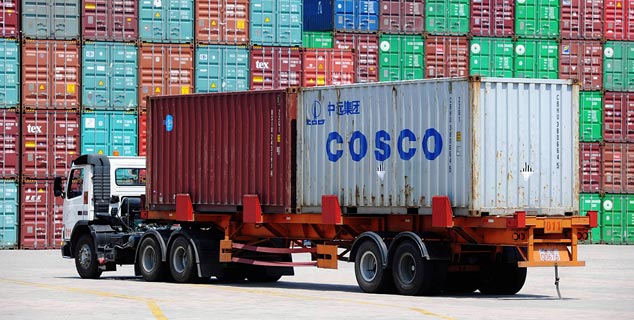
Last month I found myself squeezed into a Japanese MPV – the workhorse vehicle of Asian investment professionals – on the way to an old industrial estate on the outskirts of the capital.
Two investment bankers and one sell-side analyst accompanied me. We were on the road to meet the CEO and major shareholder of a mid-sized listed logistics company.
After being whisked through security, the fast-talking CEO brought us to a meeting room which, to be generous, had seen better days…
The CEO informed us that a major Asian e-commerce company and its regional associate company had expressed a desire to acquire his company lock, stock and barrel. After negotiations, he had agreed to sell about a quarter of it for a steep premium to the share price. The buyers also promised to offer ample technical and managerial support to help him bring his company to the cutting edge of the Asian logistics industry.
To put this event in context I think it is good to examine what’s happening in modern Asia.
Asia’s retail market is transforming
Even after 25 years, I can recall my first visit to Bangkok. What really stood out were the shopping malls, lit up like Christmas trees in the evening, closed very late and full of browsing people.
It was exciting and fun. In alleys or between these shopping centres, my friends and I were able to enjoy delicious, inexpensive street food and visit smaller shops selling goods in a more traditional way.
This fascinating world is still available, but I wonder for how long…
The marginal buyers of Asian consumer goods are likely to be millennials using their smartphones to order goods online. An increasing number of goods are being purchased online and they all need to be distributed, warehoused and delivered to the buyer.
In the past, I have highlighted that several e-commerce companies are seizing the moment and trying to dominate various consumer sectors. This is particularly true in markets with less-developed modern retailing, such as Indonesia.
This improvement in logistics is further enhanced by the greater integration of Asian companies within the region. Most of the news flow about shares involves companies either announcing capacity expansion or acquisitions within a country or the region. There is a trend towards greater specialisation and sophistication, which requires better logistics.
This is set to accelerate for a few reasons.
Three reasons to back logistics
• Economic growth of developed economies is likely to slow down as their debt-fuelled economies and quantitative easing policies are not sustainable.
• Global and regional competition is heating up, forcing companies to focus on core competencies, economies of scale and finding means of improving productivity.
• China’s drive to recreate the Silk Road and implement trade liberalisations with Southeast Asia is set to increase cargo flow.
In short, Asian economies will have to rely more on domestic/regional growth in the future. And I believe modern logistics will act as the new cornerstone of Asian trade.
In 2013, China spent $1.6trn on logistics, constituting 53% of the total logistics spend in the Asia Pacific region and 19% of the global logistics spend. Globally, the Asia Pacific region is the largest logistics market, accounting for 35% of total global logistics.
It means that global modern logistics is turning Asian, and astute investors should find ways to get exposure.